Technique may provide transition from commercial fishing to aquaculture
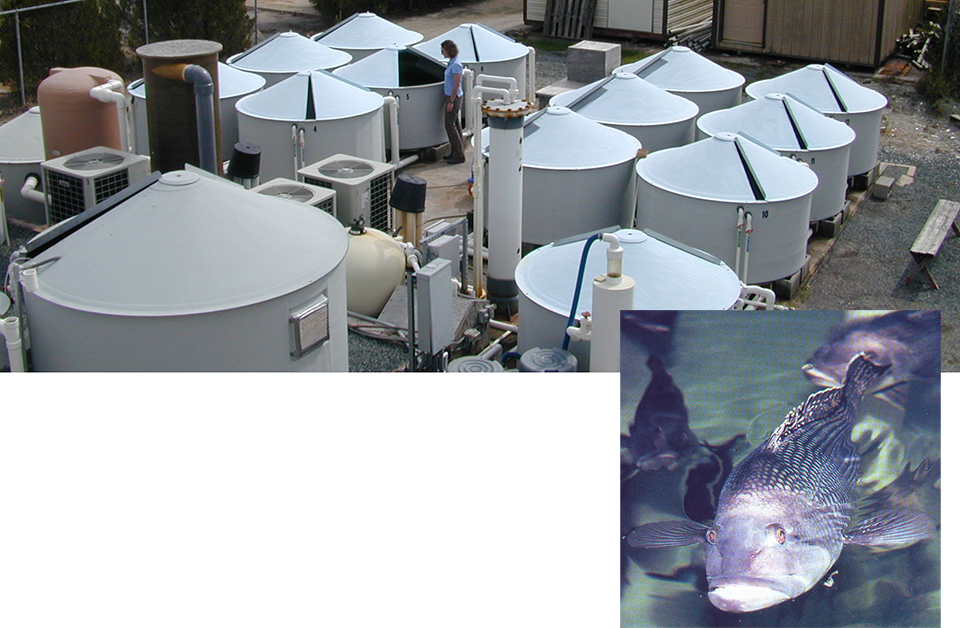
The black sea bass (Centropristis striata), family Serranidae, is an important commercial and recreational food fish species that inhabits continental shelf waters along the eastern United States coast from Massachusetts to central Florida. This species is overexploited in the Middle Atlantic Bight, a region from Montauk, New York to the Virginia/North Carolina border, where annual commercial landings declined from approximately 10,000 metric tons (MT) in 1952 to 1,600 MT in 1999.
Juvenile black sea bass use the inner continental shelf and adjacent estuaries as nurseries, moving to deeper water as they grow. They are associated with hard bottoms and feed on other small fish and benthic invertebrates. Black sea bass are protogynous hermaphrodites: They function during early life as females and transition to males at age 2-3.
Market
Black sea bass are similar in appearance to Pacific groupers, with firm white flesh ideal for sushi, sashimi, and various cooking techniques that utilize whole fish for steaming, poaching, or deep-frying. Consequently, a solid ethnic Asian niche market for live or fresh, whole black sea bass has developed in major U.S. metropolitan areas such as Boston, Massachusetts and New York.
Wholesale prices received by fisherman for fresh, whole black sea bass in North Carolina increase markedly with fish size, as shown in Table 1. Small fish (“pins”) are sold in South Carolina, North Carolina, and Virginia for as low as U.S. $1.10 per kilogram, while mediums through jumbos shipped to a New York market get as much as U.S. $8.80 per kilogram.
Watanabe, Wholesale prices received by fishermen for fresh, whole black sea bass, Table 1
| Fish Size | Weight Range (kg) | Wholesale Exvessel Price (U.S. $/kg) |
|---|
Fish Size | Weight Range (kg) | Wholesale Exvessel Price (U.S. $/kg) |
|---|---|---|
| Small | Less than 0.34 | 1.10-1.54 |
| Medium | 0.34-0.57 | 2.20-3.30 |
| Large | 0.57-1.02 | 4.40-6.60 |
| Jumbo | More than 1.02 | 6.60-8.80 |
Aquaculture studies
Progress in developing aquaculture methods for black sea bass is related to the concurrent study of culture requirements for the growout or “ongrowing” of captive wild stock, and spawning and larval culture methods for hatchery-reared seedstock. With support from the North Carolina Fishery Resource Grant Program and U.S. Department of Agriculture Cooperative State Research, Education, and Extension Service, the University of North Carolina at Wilmington (UNCW) Center for Marine Science has partnered with commercial fisherman Carl Snow to study the ongrowing of black sea bass in a recirculating tank system. The goal is to raise captive wild black sea bass from small to premium marketable sizes, for sale – possibly as a live product – to high-value niche markets.
Experimental recirculating system
The outdoor recirculating tank system for these studies consisted of twelve 2,660-liter tanks supported by a biological filter, ultraviolet sterilizer and heat pump.
Effect of different diets
In a first study, small wild-caught juveniles and sub-adults of 316 g mean weight captured off Carolina Beach, North Carolina were stocked at the low density of 10 fish per tank. Salinity averaged 35 ppt and temperature averaged 20.9 degrees-C. The fish readily adapted to captivity and accepted prepared diets without weaning. They were fed four practical diets with different protein levels (44 to 53.9 percent) and lipid levels (11.4 to 15.1 percent). Four treatments at 3 replicates per treatment were used.
Fish were grown to “premium” marketable sizes on all the diets, with final mean weights after 221 days ranging 873 to 1,051 grams. These growth rates were markedly higher than those observed in natural populations – 348-838 grams for 4- to 8-year-old animals. Survival was 100 percent, and feed-conversion ratios (FCR) averaged 1.5:1. A flounder diet containing 47.9 percent protein and 12.8 percent lipid produced the best growth.
Results demonstrated that captive wild black sea bass can be raised in recirculating seawater tanks from small to premium sizes on practical diets with a wide range of protein and lipid levels, with good feed conversion and growth.
Effect of stocking density
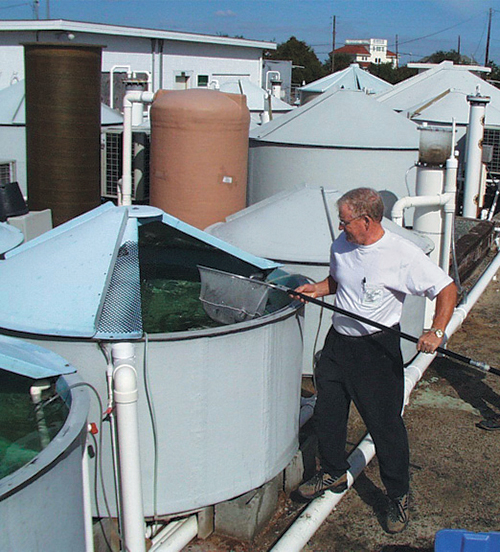
In a second study, the effects of four stocking densities were compared. Subadults of 249 grams mean weight were stocked at densities of 10 fish per 2,660-liter tank, (1.18 kilogram per cubic meter), 35 per tank (3.91 kilogram per cubic meter), 55 per tank (6.83 kilogram per cubic meter) and 75 per tank (7.95 kilogram per cubic meter). These animals were grown for 201 days and fed a 47.9 percent-protein and 12.8 percent-lipid flounder diet.
Growth rates were not significantly different under these stocking densities, and final mean weights ranged 756 to 838 grams. FCR averaged 1.5:1. Survival rates ranged 83.8 to 99.1 percent, and final biomass densities reached 3.48, 12.0, 21.1 and 27.2 kilogram per cubic meter at stocking densities of 10, 35, 55 and 75 fish per tank, respectively.
Results showed that growth and feed utilization were not impaired under stocking densities ranging 3.2 to 27 kilogram per cubic meter, suggesting that even higher stocking densities are possible for commercial application.
Taste testing
Preliminary taste-testing trials at seafood restaurants in Wilmington, North Carolina confirmed that tank-raised black sea bass are excellent for sashimi or sushi, as well as other cooking styles. The final crude lipid content (percent wet weight) of fish in all treatments was significantly elevated (24.8 percent) when compared to initial levels (4.8 percent), but appeared to enhance its value as sushi.
Test marketing
In October 2002, approximately 136 kg of 787 grams average weight tank-raised black sea bass from these ongrowing trials were test marketed to New York’s Fulton Fish Market, a restaurant supplier in Maryland, and a Japanese restaurant in Wilmington, North Carolina. Fresh whole fish were sold at these outlets for U.S. $4.95, $11.00 and $12.10 per kilogram, respectively. Although wholesale prices were depressed during the aftermath of the September 11 disaster in New York, the results showed that greatest profit margins to the farmer would be gained by marketing directly to retail suppliers and outlets. Live markets could bring higher prices.
Economic analyses
Preliminary economic analyses indicate that overall production costs for a small-scale ongrowing operation producing around 4,625 per kilogram year are about U.S. $8.50 per kilogram. These production costs are too high to compete in the wholesale fish market, but retail markets for live or whole fresh sea bass on ice can support these costs.
In North Carolina, where commercial landings since 1990 fluctuated 227,272 to 454,545 kg annually, the authors estimate that roughly 60 percent of the landings comprise small fish that bring nominal prices to fishermen. Therefore, current harvest levels could support a significant ongrowing industry, with little or no additional impact on the existing fishery. This activity could supplement wild populations by producing higher yields of marketable product and greater revenues per unit weight of fish harvested from the ocean.
Improving seedstock production
Reliance on wild populations must eventually be minimized through development of hatchery technologies for the mass production of juveniles. With the support of the National Sea Grant College Program, researchers at a number of organizations on the eastern U.S. seaboard – including UNCW, South Carolina Department of Natural Resources, Clemson University, National Ocean Service, University of New Hampshire, Texas A&M University, Southland Fisheries Corp., Swimming Rock Fish and Shrimp Co., and Great Bay Aquaculture – are collaborating to develop reliable hatchery and nursery technologies for the production of black sea bass fingerlings.
(Editor’s Note: This article was originally published in the February 2003 print edition of the Global Aquaculture Advocate.)
Now that you've reached the end of the article ...
… please consider supporting GSA’s mission to advance responsible seafood practices through education, advocacy and third-party assurances. The Advocate aims to document the evolution of responsible seafood practices and share the expansive knowledge of our vast network of contributors.
By becoming a Global Seafood Alliance member, you’re ensuring that all of the pre-competitive work we do through member benefits, resources and events can continue. Individual membership costs just $50 a year.
Not a GSA member? Join us.
Authors
-
Wade O. Watanabe, Ph.D.
Center for Marine Science
University of North Carolina at Wilmington
7205 Wrightsville Avenue
Wilmington, North Carolina 28403 USA -
Kimberly A. Copeland, M.S.
Center for Marine Science
University of North Carolina at Wilmington
7205 Wrightsville Avenue
Wilmington, North Carolina 28403 USA -
Patrick M. Carroll
Center for Marine Science
University of North Carolina at Wilmington
7205 Wrightsville Avenue
Wilmington, North Carolina 28403 USA -
Joseph K. Yates
Center for Marine Science
University of North Carolina at Wilmington
7205 Wrightsville Avenue
Wilmington, North Carolina 28403 USA
Related Posts
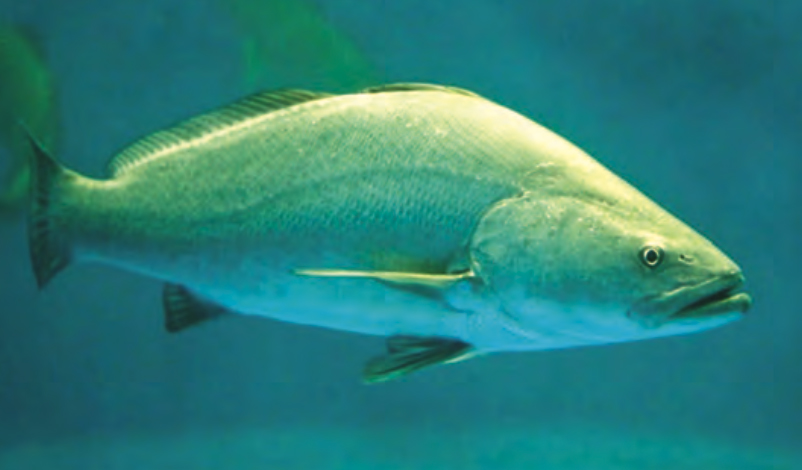
Responsibility
Aquaculture gives endangered totoaba a fighting chance
The tenuous fate of a pint-sized porpoise, the critically endangered vaquita, is linked to a fish targeted by poachers fueling China’s appetite for maws. The vaquita remains in peril, but aquaculture presents some hope for the totoaba.
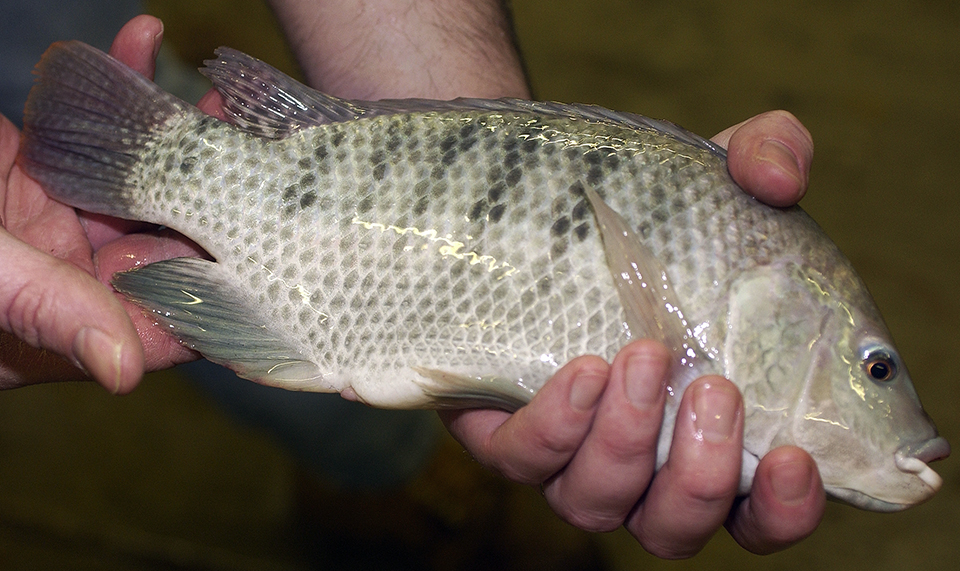
Health & Welfare
Bacterial, chemical residues impact tilapia quality
Both bacterial pathogens and chemical residues can affect the quality of farmed tilapia products. In production systems, Vibrio bacteria quickly proliferate following disease outbreaks.
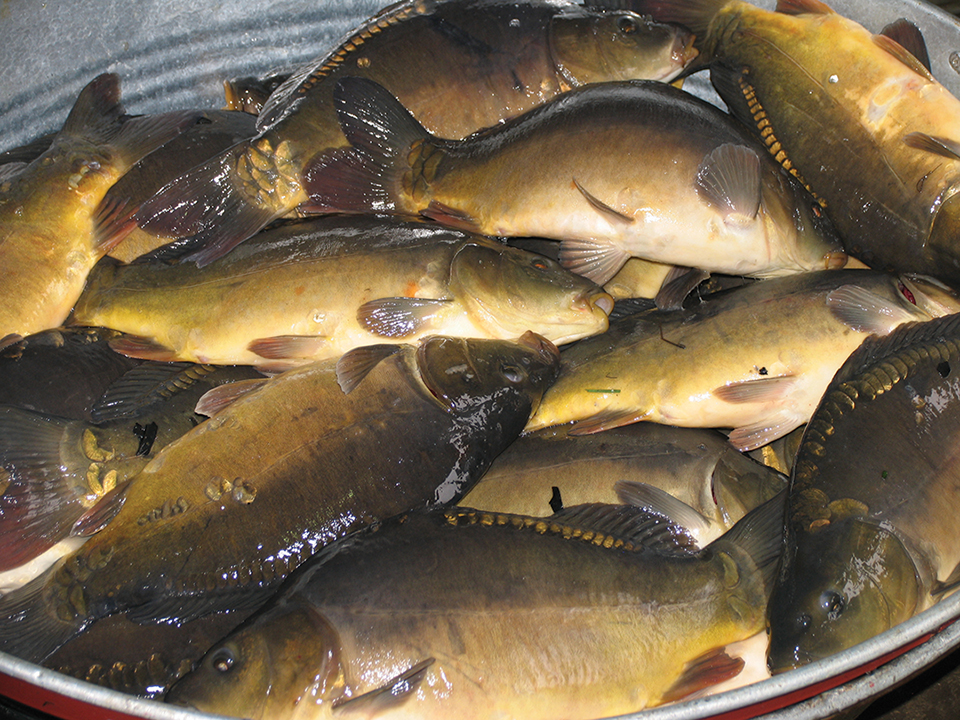
Health & Welfare
Cathepsin enzymes, part 2
Cathepsin D alone and in combination with other cathepsins presents the greatest proteolytic activity on some fish muscles.
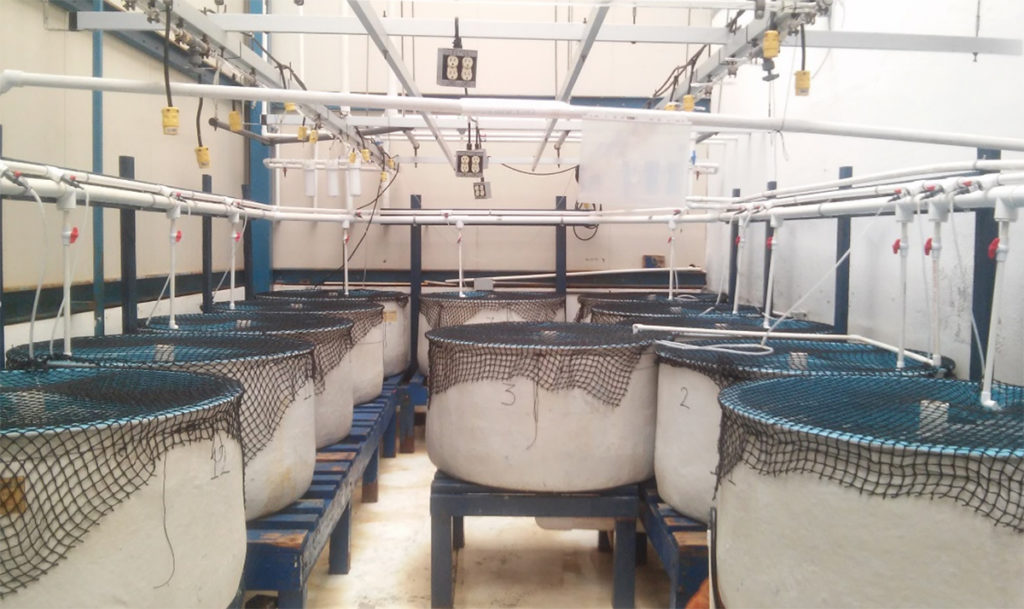
Health & Welfare
Enteritis induction by soybean meal in totoaba diets
This study investigated the effects of increasing levels of dietary soybean meal (SBM) with constant taurine supply in the induction of enteritis in juvenile totoaba.


